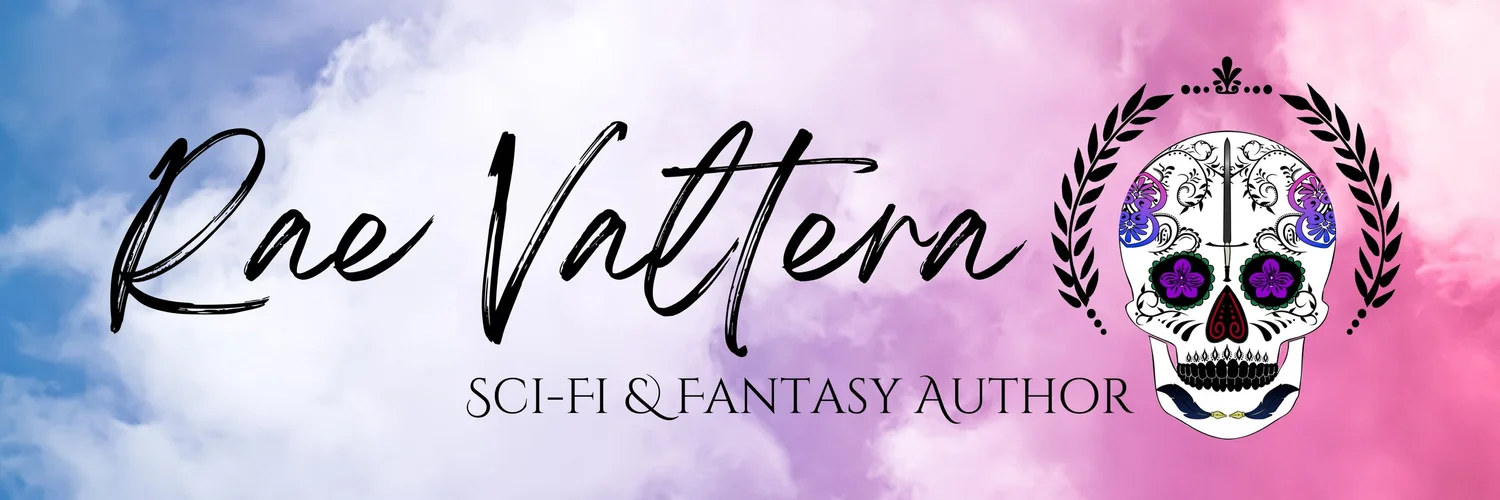
Sensitivity Reading
What is a sensitivity reader?
A sensitivity reader is person who reviews an unpublished manuscript for the express purpose of looking at representation for a certain group of people.
This can range anywhere from Black, Indigenous, and People of Color (BIPOC), to the LGBTQ community, Plus Size/Fat representation, or mental health identities including trauma, neurodivergence etc. The list is infinite.
Typically, a sensitivity reader should be brought in after self edits, other beta readers and preferably, after a developmental edit if using one. However, hire/use a sensitivity reader before copy or line edits.
Hello and Welcome. If you have stumbled across this page by accident, stay a while and read about sensitivity reading, why it’s important, and who needs a sensitivity reader.
If you looked for this page, I’ll be posting my sensitivity reading services shortly.
Why is it important?
Sensitivity readers help writers to identify unconscious biases, ignorant beliefs about groups and cultures, and overall will help make a manuscript a safer place for readers.
Even if you have done your research thoroughly, a sensitivity reader can assure that the author’s intent is clear and concise. We may intend to say or show one thing but it might not be coming across clearly in the text.
Who needs a sensitivity Reader?
The frustrating answer is probably everyone.
However, the people who will need a sensitivity reader the most is those who are writing outside of their lived experience.
Even sensitivity readers needs sensitivity readers for their own work.

